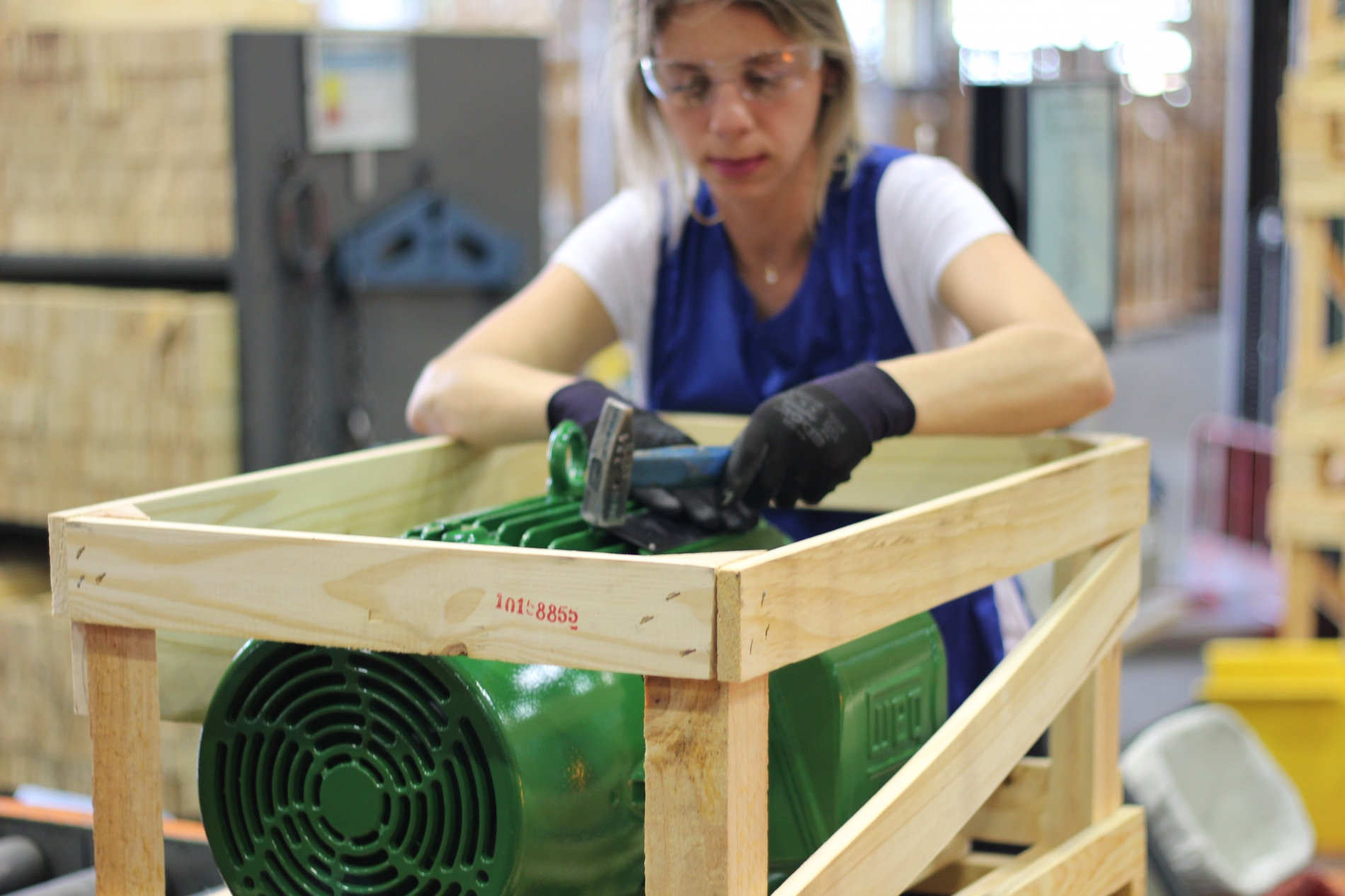
Electric motors are the driving force behind countless industrial systems. Choosing the right motor type can significantly impact efficiency, reliability and long-term costs. VJ Pamensky (WEG Canada) supports distributors and professionals by providing tailored motor solutions that align with each application’s unique needs. In this blog, we explore the core differences between AC and DC motors and how to select the right electric motors for industrial operations.
AC (Alternating Current) motors and DC (Direct Current) motors differ primarily in how electrical energy is supplied and converted into mechanical motion.
While the two motor types operate differently, understanding these distinctions helps identify which option delivers the desired balance of performance, efficiency and control.
When selecting a motor, it’s essential to consider the specific requirements of the application:

Standard AC motors are designed for fixed-speed operation, offering a cost-effective and durable solution for many applications. When paired with a variable frequency drive (VFD), however, they gain precise speed control and process flexibility, while still maintaining low maintenance and long service life.
DC motors, while sometimes more expensive initially and requiring higher upkeep, provide benefits in applications where control precision is paramount. Long-term efficiency depends on usage frequency, maintenance capacity and application-specific demands.
Technological advancements have significantly narrowed the performance gap between AC and DC motors. Variable Frequency Drives (VFDs) now allow AC motors to dynamically adjust speed and torque, enabling them to handle applications that once required DC motors.

Distributors like VJ Pamensky are uniquely positioned to guide customers through motor selection by:
The result? Lower operational costs and improved system reliability.
In today’s industrial landscape, AC motors, especially when paired with variable frequency drives (VFDs), offer the reliability, efficiency and flexibility needed for long-term performance. With a comprehensive product line and expert support, VJ Pamensky provides the solutions and knowledge to optimize operations with proven AC motor technology.
Contact VJ Pamensky today to help you find the most efficient, reliable solution tailored to your industry needs.